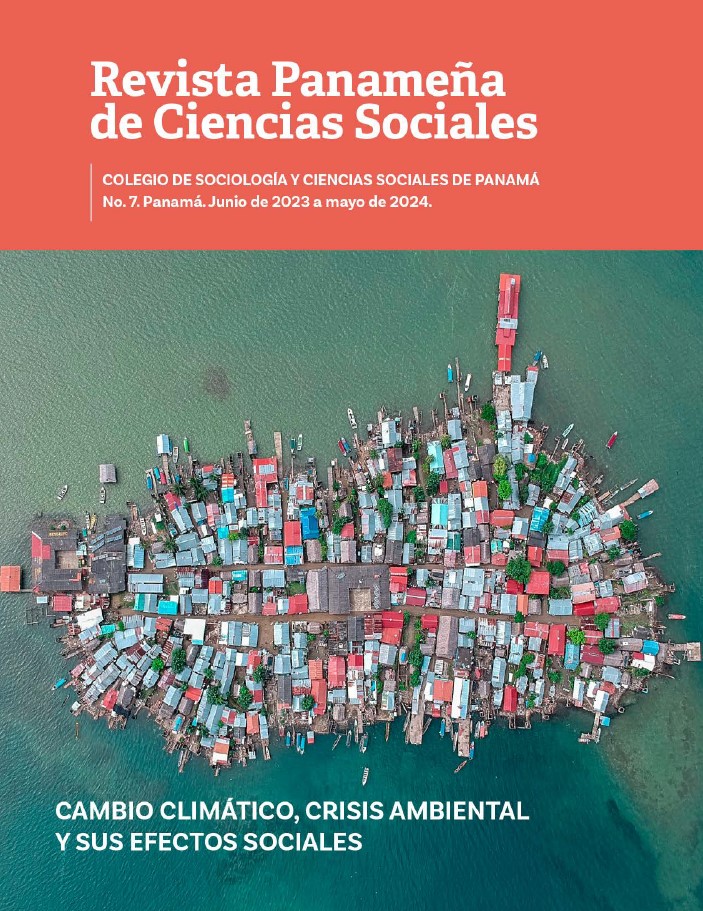

Copyright (c) 2023 Revista Panameña de Ciencias Sociales

This work is licensed under a Creative Commons Attribution-NonCommercial-ShareAlike 4.0 International License.
The processes of adaptation and mitigation to climate change are given in all the contexts
in which the incidence of said phenomenon has affected. We can understand adaptation as
the process of adjusting to the expected climate and its effects, in order to moderate the damage or take advantage of beneficial opportunities, while mitigation is about reducing the damage and consequences, even when the problem already exists, move towards more renewable energies by transforming our energy matrixes in order to slow down the road to
disaster a little. In Cuba, various actions and measures have been carried out over the years
to mitigate the consequences of climate change and with the aim of adapting vulnerable
communities to the environment that has been created by the accelerated increase in
temperatures in recent years. . All of the above begins with the approval of the Life Task of
the Ministry of Science, Technology and Environment (CITMA), the governing document for
the protection of the Environment and the fight against climate change on the island. It
includes tasks and strategic actions for the identification of vulnerable areas and places
and their effects. In the following article, several of the actions carried out in Cuba in order
to mitigate the problems given in these risk territories and the mode of adaptation that
they must acquire to avoid an increase in the damage caused by climate change will be
presented.